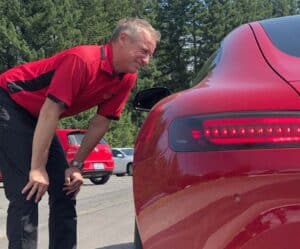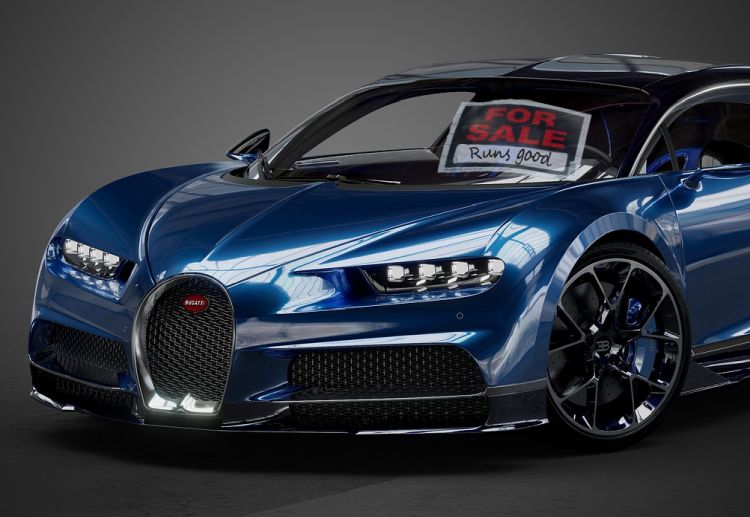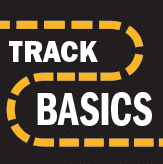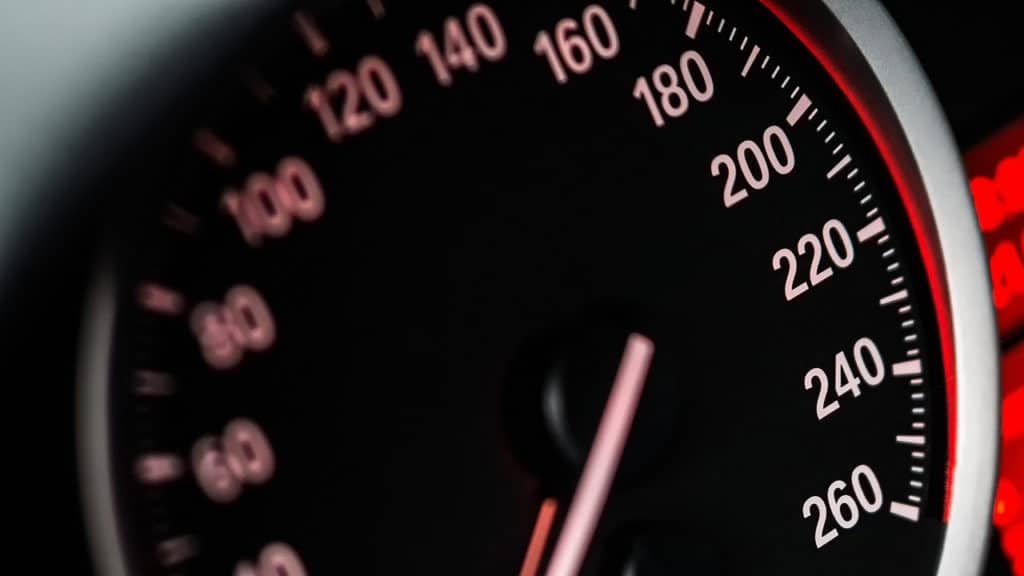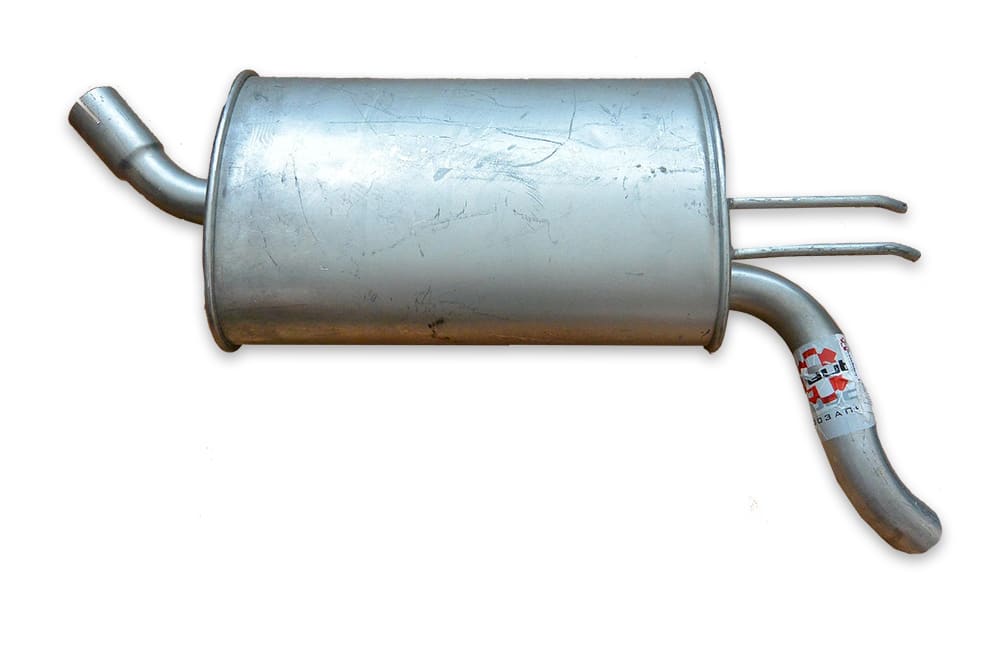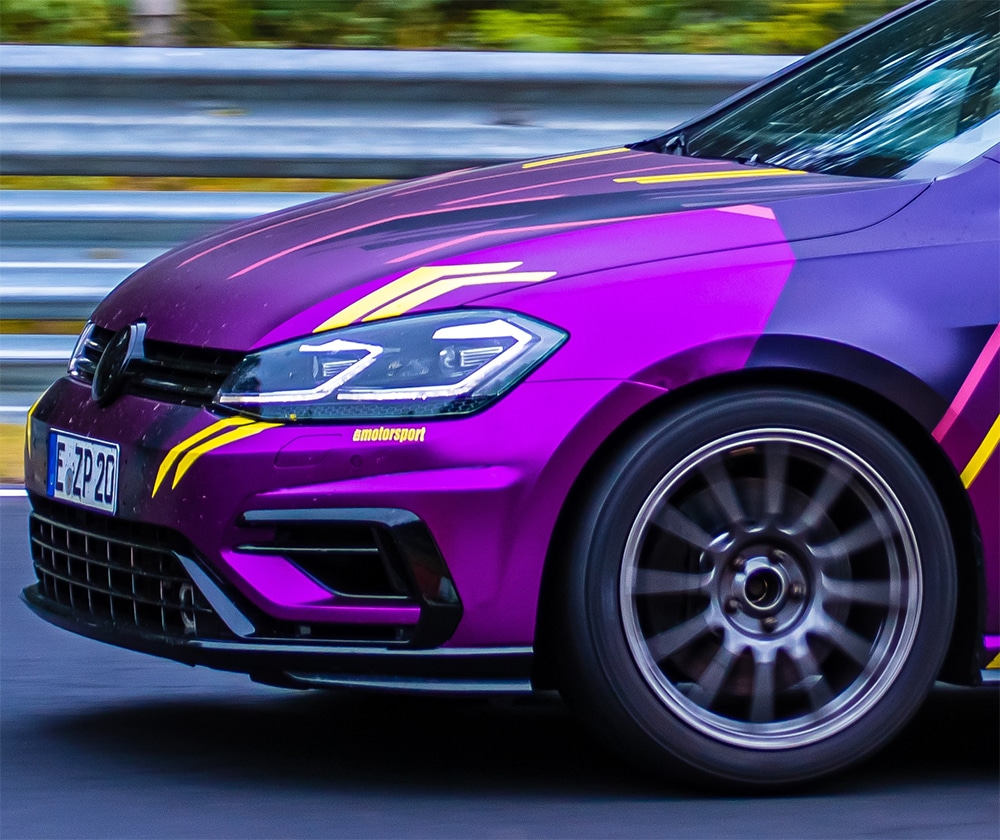First-time track car buyers sometimes go about things the uninformed way. ProFormance Chief Instructor Don Kitch, Jr. highlights how some driving students make unwise car choices.
One of the by-products of a racing school is enthusiasm. Many students who take ProFormance Racing School’s One-Day High Performance Driving Experience are immediately bitten by the bug, and want to go on to “Sport Driving”, recreational high performance lapping. Sometimes that means an upgrade: buying a track car for more fun.
Results can vary, depending on how wise the track car choice is. Here are some car-buying mistakes that ProFormance Chief Instructor Don Kitch, Jr. sees on a regular basis.
1: Buying a Track Car That’s Too Fast
A racetrack means speed, so some novices think that the fastest car they can find is the way to go. After all, it’ll be hard to control at first, but gradually you’ll learn how to drive it, right?
“Learn to drive a slow car fast,” is Don’s mantra. “A lot of people think they need a rocket ship, but they can do themselves a big favor in their driver development by picking a slow car. Beginning drivers need to get themselves up to the caliber of a given car through practice, rather than buy a supercar and have to tame it before they’re ready.”
The trick is to avoid getting trapped into some monster car that you never catch up to. “With those cars, you put your foot down and the car is at point Z. Your skills are still at Point A. You’re always behind the car. There’s risk, and you frustrate yourself, because the car is so bloody fast you can’t develop skills to deal with it.”
“Often you buy the fast car and think that the talent comes with the purchase. It doesn’t: don’t fall into that trap. You want a car that will challenge you, not something you’re constantly trying to catch up to.”
Don often says, “Learn to drive the wheels off an early generation Miata first. They’re reasonably fast, but not too fast, and they’ve got a ton of brakes for the weight of the car.” Other cars that fit this catagory include: Toyota GT 86, VW GTi or the Subi. BRZ. “Apart from price, they don’t use a lot of tires, brakes and fuel.“
2: Buying a Track Car That’s Expensive to Maintain
Getting better at the track means practice, so you need a car you can afford to drive regularly. “Sometimes you see people who’ve bought these monster cars, and one day at a track is $2000 in tires, brakes and fuel. So they can only drive once a year.” Fortunately, there are lots of track cars that are much, much cheaper to maintain.
“It’s not just what can you buy, but what can you afford to walk away from,” says Don. “One day you might make a mistake, or someone might make a mistake around you, or a part might fail, and you’ve got damage.” No matter how beautiful a car is on the track, if it requires exotic care and super-expensive repairs, it might not be for you.
3: Buying a Track Car with Poor Aftermarket Support
You might have gotten a great deal on an unusual car, but what happens when you need a new brake line? Most popular cars have aftermarket replacement parts available to do the job more economically. Moreover, popular track cars have vast supplies of upgrades available. That’s important because as you get better as a driver, you might want to boost your car’s performance to keep a little ahead of your skills and maintain the challenge.
“Most entry level drivers are better off getting a car out of the showroom and going right to the track. It will be plenty of car for you. But in time, if you outgrow it, you’ll want aftermarket support.”
Suspension upgrades, intake and exhaust systems, stronger brakes, and many other improvements can draw more performance from humble cars and bring years of track driving enjoyment.
Not a Mistake: BMW 3-Series. Potentially the next step up in performance from the Miata, the older 3 series cars are easy to find parts for and easy to work on. They are also cosmetically appealing and developable. Also Not a Mistake: Miata again. The aftermarket is legendary. When you’re ready, it’s not expensive to make them faster. There is also reasonably priced rollover protection via Hard Dog. Toyota GT-86/Scion FRS/Subaru BRZ. “I love the looks of the car, and out of the box it’s plenty of car for the entry level person. But suspension, brakes, and motor capabilities are all upgradeable.”
4: Avoiding a Front-Wheel Drive Car on Principle
If you spend a lot of time with track enthusiasts, you’ll feel a lot of love for rear-wheel drive. And RWD cars like the Miata and the Toyota GT-86 have a lot going for them, including good balance and acceleration.
But front-wheel drive cars are also great for the track. One thing they do is teach a load of skills to drivers. “Front-wheel drive mandates smoothness, and an understanding of the relationship between the steering wheel, the gas pedal, and the car’s front end. You learn patience on corner entries relative to throttle application: if you get over-anxious with the throttle of a front-wheel drive car when you’ve got a lot of steering in it, the car’s going to understeer big time.”
ProFormance instructors give a bit of homework to students to make the point. “We tell them: grab a bar of soap the next time you’re in the shower. Put your finger on the back side of the soap and try to push it up the shower wall. Then grab it by the front end and pull the bar up the wall. Which works better?” The exercise is a dramatic demonstration of the traction advantages of front-wheel drive.
“They’re also excellent in the rain.” That’s an attribute that any Northwest driver can appreciate.
Not a Mistake: VW Golf GTI. One of the most popular driver’s cars worldwide, the GTI has been labeled weapon of choice for track driver. “You can acquire one and go right to the track with it,” says Don. Honda Civic: “Fine right out of the box, and the motor is developable: you can get a lot of horsepower out of it one you’re ready to upgrade.”
The Upshot: Don’t Drive With Your Wallet
“People fall into the trap with fast cars,” says Don. “They put their right foot down and think they’ve done something. They didn’t do anything. Pick a car that’s reasonably paced, but which challenges you to understand proper approach. Don’t fall into that trap of bolt-on performance: sure, you lap the field, beat your chest, and act like you did something. But you didn’t do anything – you just wrote a check.”
“Buy a car that’s maybe a little better than you are. Not something you’ll never catch up to.”
More Track Basics:
6 Great Track Cars for Beginning Performance Drivers
How to Set Up Your First Track Car — Without Going Broke
Track Basics is a regular series offering valuable information to drivers from experts at ProFormance Racing School.

